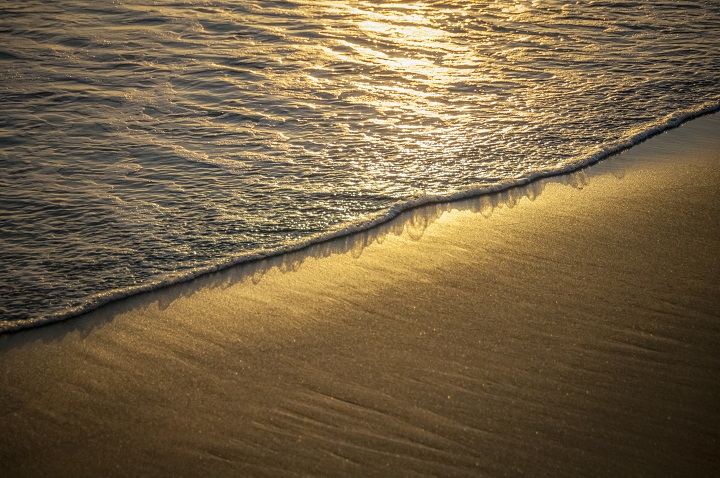The impact of non-native marine pests on our takutai moana

NIWA scientists, working in collaboration with iwi, are looking to understand how Māori evaluate the threats from pest species to their marine environments and the value they may provide Māori. For example, some non-native species, like the Pacific oyster, cause changes to natural habitats, but are now an important source of kaimoana and, for some, a source of employment and income. Our approach will include speaking at the whānau, hapū and/or marae level through wānanga, but we are also interested in the views and perspectives of organisations who have a specific responsibility and focus on customary fisheries. Prior to developing (or adapting) a kaupapa Māori framework as an example of how "risk assessment" on Māori values could occur, we are interested in exploring some key questions including:
- How do Māori/customary fisheries managers understand biosecurity risk, pest or invasive species and what do these terms mean?
- What experience have you had with a marine pest/invasive species affecting things that are important to you, what was affected and how?
- What types of values could be affected by marine pests?
- What do you feel is an appropriate way to think about and evaluate the risk of new threats to your values?
- Do you already have a process/framework to assess risk, and if not how would you go about it?
Other questions of interest include:
- What is considered native/taonga species? (e.g. Trout - an invasive species but still highly regarded by many iwi in the central North Island)
- How do you weigh the negative and positive impacts of biosecurity risks/benefits for your iwi/hapū/whānau? (e.g. Asian date mussel - displaces traditional shellfish beds, but can provide food/feeding structure for valued fish species like Snapper)
- How did/do Māori assess risk to values in the marine environment already? (e.g. Tapa Whā model, CCHI monitoring) Are there other Kaupapa Māori frameworks for assessing risk?
- What values do Māori consider when assessing risks in whichever framework (e.g. risk to community safety and ability to recreate, identity, food source), is there an acceptable level of impact from non-native species?
Outcomes
Appropriate consideration of impacts of pest species on Māori values, as defined by Maori, within the marine environment is important. It is hoped that this research will create space to wānanga how Māori experience biosecurity issues, how Māori see pest species within the marine ecosystems (e.g. indicators of degradation or potentially valuable kai species), what types of impacts pest species could have in the future, and how these may be both a threat or of benefit. It is also hoped that working with iwi and hapū partners we will develop a tool to support them in their role as kaitiaki and decision makers. This tool may also inform a more considered risk assessment framework for other resource managers, regulators and decision makers to use when considering the impacts of future marine biosecurity risks.
Key contacts
| Ms Kelly Ratana | Dr Graeme Inglis |
| [email protected] | [email protected] |